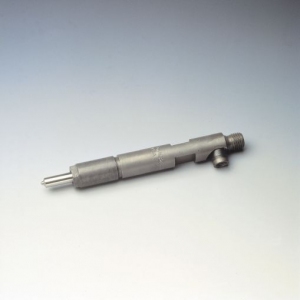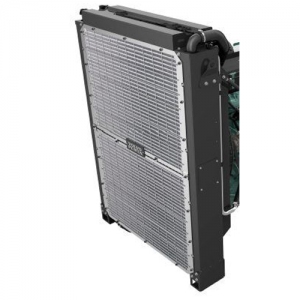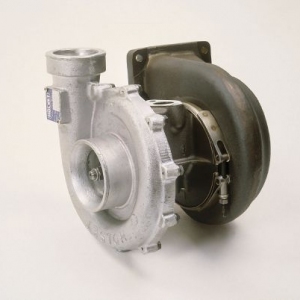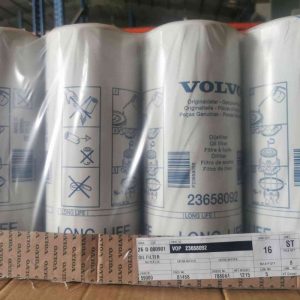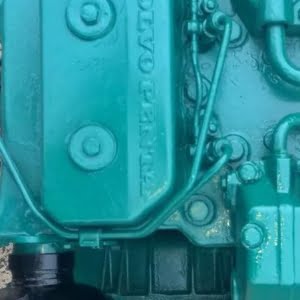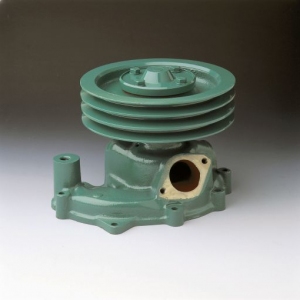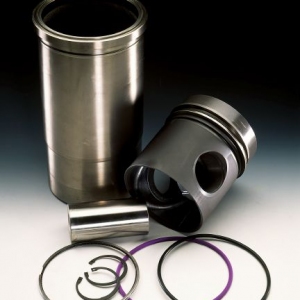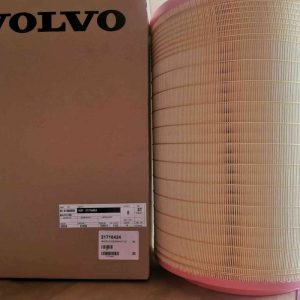Volvo Penta alternator is an important Volvo generator parts, which provides power for engine operation. So how is this component structured? What is its working principle? TTTT invites readers to learn more details through the article below.
Volvo Penta alternator introduction
![Volvo Penta alternator [Genuine Parts] volvo-penta-alternator-2](https://ttttglobal.com/wp-content/uploads/2022/08/volvo-penta-alternator-2-1-533x400.jpg)
Volvo Penta alternator TTTT is a component with an extremely important function which is to provide electrical energy for the engine to operate. Volvo alternator is the conversion of mechanical energy into electricity, in which the mechanical energy source can be an internal combustion engine, water turbine, wind turbine, etc. The device is usually mounted near the Volvo Penta diesel engine and is driven by the crankshaft.
Functions of alternator for Volvo Penta
![Volvo Penta alternator [Genuine Parts] volvo penta alternator - 3](https://ttttglobal.com/wp-content/uploads/2022/08/volvo-penta-alternator-3.jpg)
Volvo Penta generator engine operates generating mechanical energy that does not generate electricity for the electrical components for engines to perform their function. Therefore, a power source is required to power all the electrical devices fitted on the engine. The alternator for Volvo Penta is capable of generating power continuously, ensuring all electrical equipment of the Volvo Penta engine. There are two types: Dynamo charging 24V and Dynamo charging 12V.
Structure of Volvo Penta dynamo
Volvo Penta dynamo is designed to include the following components:
- Stator and Rotor: Generate alternating current to convert mechanical energy into electrical energy.
- Diode: Converts alternating current to direct current.
- Voltage regulator: Effective to help maintain voltage at a stable level, preventing the sudden increase of generated current.
- Brushes and commutators: This has the effect of reducing resistance and contact resistance, thereby maintaining the stability of the generated power. At the same time, this part also has the ability to limit wear and tear.
- Cooling fan: The fan helps to dissipate heat, preventing excessive heating from leading to damage or fire.
Working principle of Volvo Penta alternator
The generation of electricity starts from the engine system. The crankshaft is responsible for driving the alternator. The alternator generates electricity as its rotor rotates. The rotor is surrounded by magnets, creating a magnetic field. The magnetic field generates voltage and is stored by the stator, then to the voltage regulator. The regulator determines how much voltage the battery will receive and transfers the power to the various electrical devices in the engine.
Reference: Volvo Penta impeller
Reference: Turbo Volvo Penta
How to check and do Volvo Penta alternator replacement?
If the Volvo Penta diesel engine is shut down midway due to the inactivity of the Volvo Penta alternator, it will contain many dangers later, especially when under heavy loads or loads for commercial purposes customary. Therefore, if the user knows how to self-check the Volvo Penta parts charging dynamo to conduct a timely repair, it will limit many possible risks.
How to check and do Volvo Penta alternator replacement:
– Check the battery: After making sure the Volvo engine is completely stopped, the user installs a voltmeter to the battery (red end with a positive pole and black end with a negative pole) and reads the parameters. If the voltage is higher than 12V/24V, you can proceed to the next step, if it is lower, you need to charge the battery and measure the voltage again after charging.
– Keep the engine running stably and check the battery: The user continues to read the value at the voltmeter, in case of changing the speed of the engine but the voltage fluctuates at 24 – 28V, the alternator will work. normal. If this number is different or lower, the alternator is damaged.
TTTT Global Co.,Ltd
Address: L4 09-OT11, Landmark 4, Vinhomes Central Park, 720A Dien Bien Phu, Ward 22, Binh Thanh District, City. Ho Chi Minh, Vietnam.
Website: https://ttttglobal.com/en/
Phone: 0286 2728334
Email: Info@ttttglobal.com


 Tiếng Việt
Tiếng Việt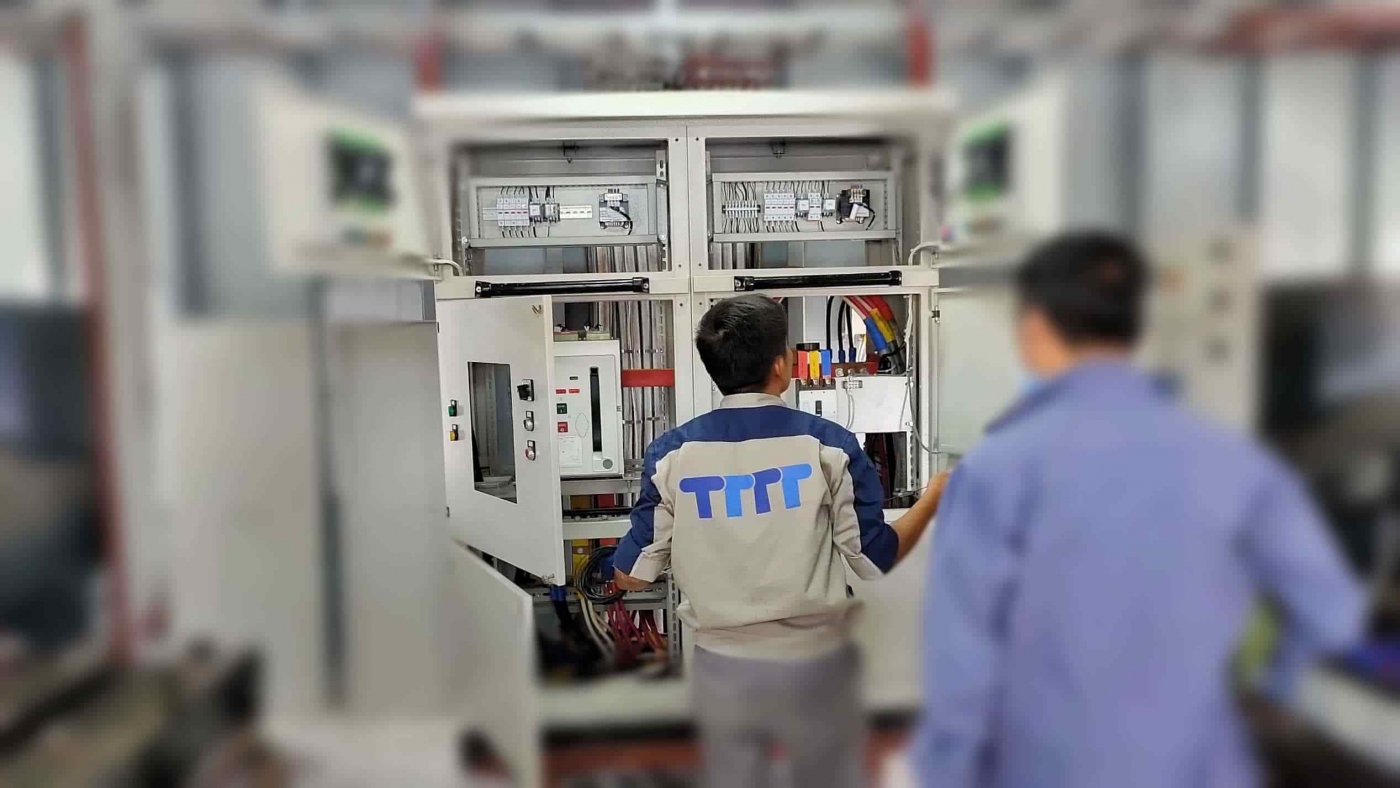
![Volvo Penta cylinder head [Genuine] Volvo Penta cylinder head](https://ttttglobal.com/wp-content/uploads/2022/08/Volvo-Penta-cylinder-head-100x100.jpg)
![Volvo Penta impeller kit [Genuine Parts] cánh bơm nước biển Volvo Penta](https://ttttglobal.com/wp-content/uploads/2022/08/canh-bom-nuoc-bien-Volvo-Penta-100x100.jpg)
![Volvo Penta alternator [Genuine Parts] volvo-penta-alternator](https://ttttglobal.com/wp-content/uploads/2022/08/volvo-penta-alternator.jpg)
![Volvo Penta alternator [Genuine Parts] volvo-penta-alternator-2](https://ttttglobal.com/wp-content/uploads/2022/08/volvo-penta-alternator-2-1.jpg)
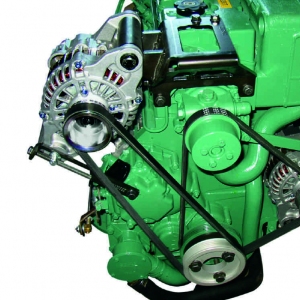
![Volvo Penta alternator [Genuine Parts] volvo penta alternator - 3](https://ttttglobal.com/wp-content/uploads/2022/08/volvo-penta-alternator-3-300x300.jpg)
![Volvo Penta alternator [Genuine Parts] volvo-penta-alternator-2](https://ttttglobal.com/wp-content/uploads/2022/08/volvo-penta-alternator-2-1-300x300.jpg)
![Volvo Penta alternator [Genuine Parts] Quotation letter](https://ttttglobal.com/wp-content/uploads/2022/04/Bao-gia-3.png)
